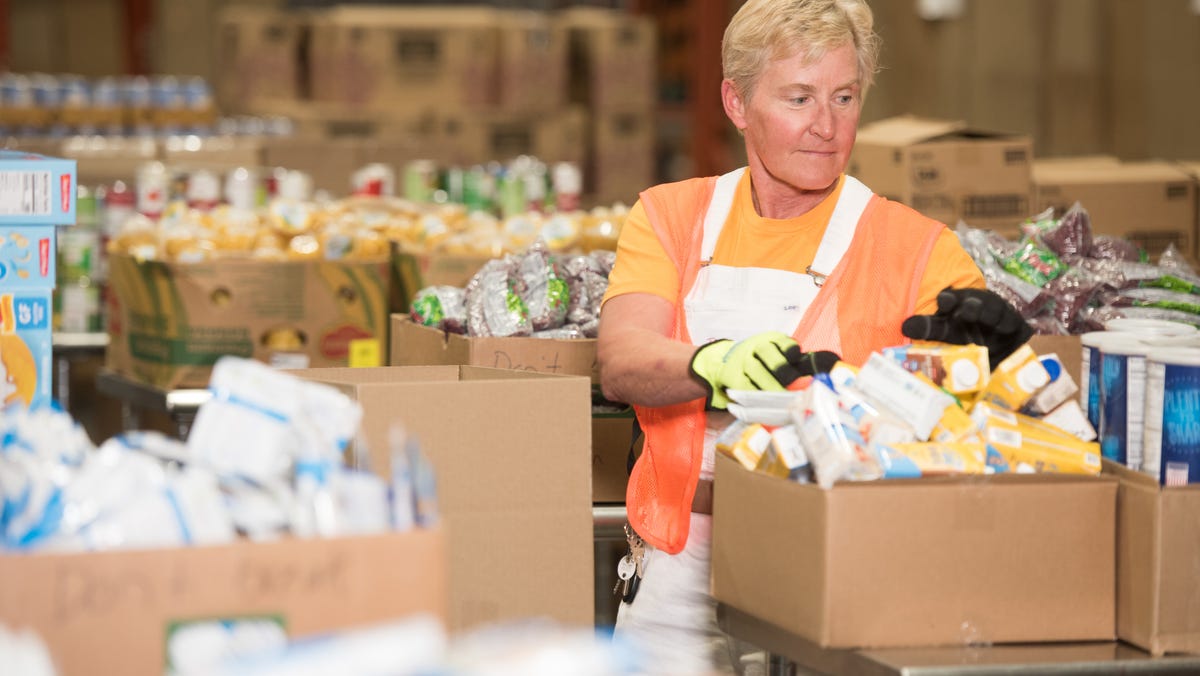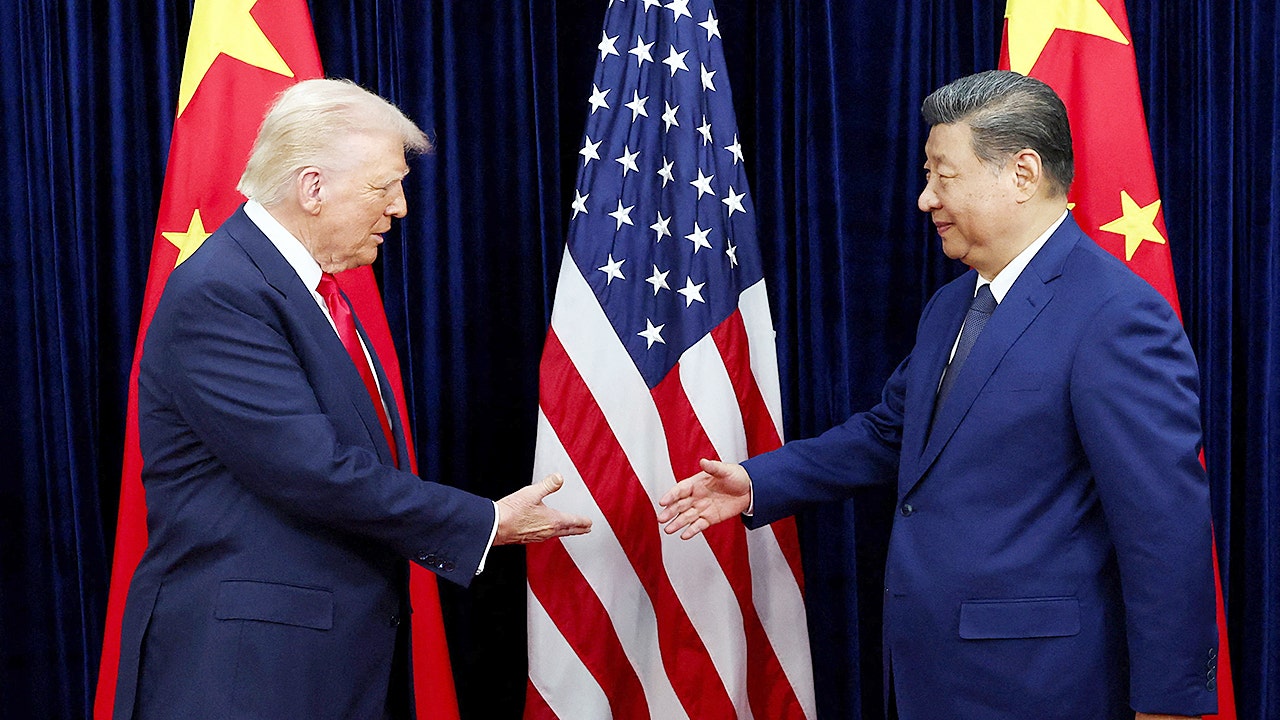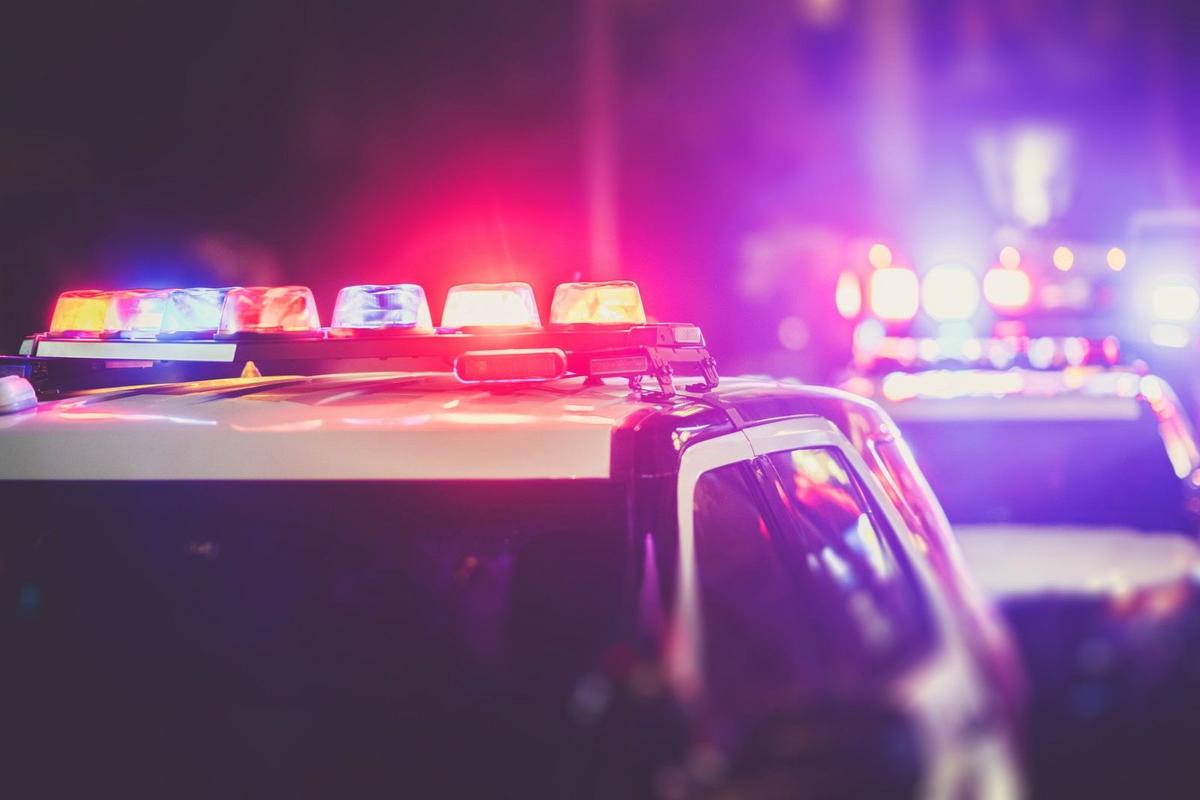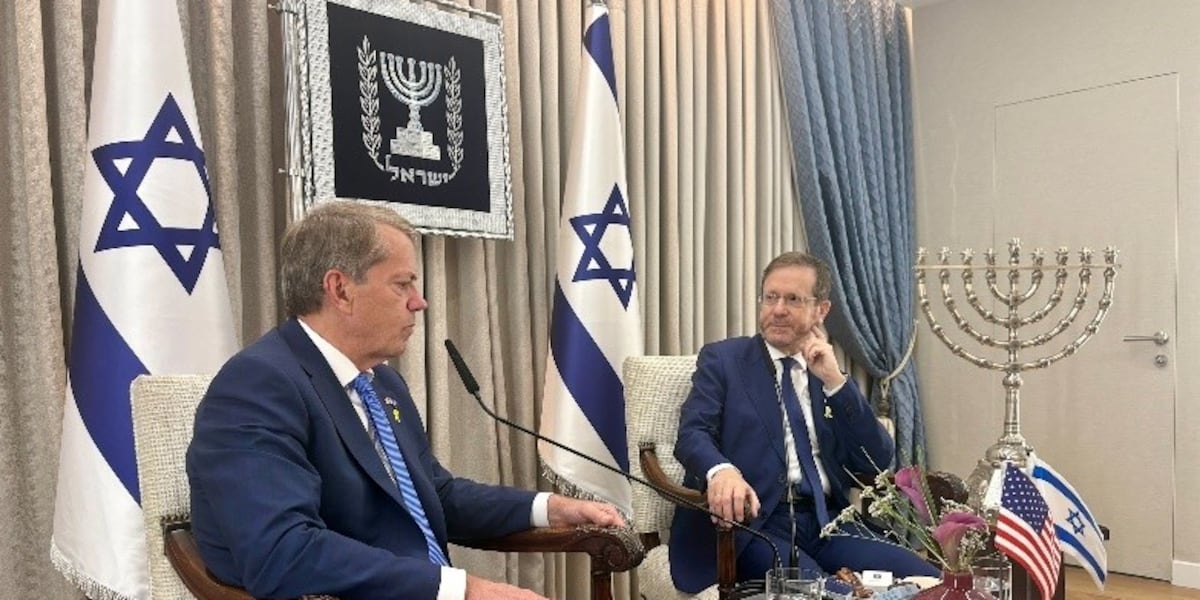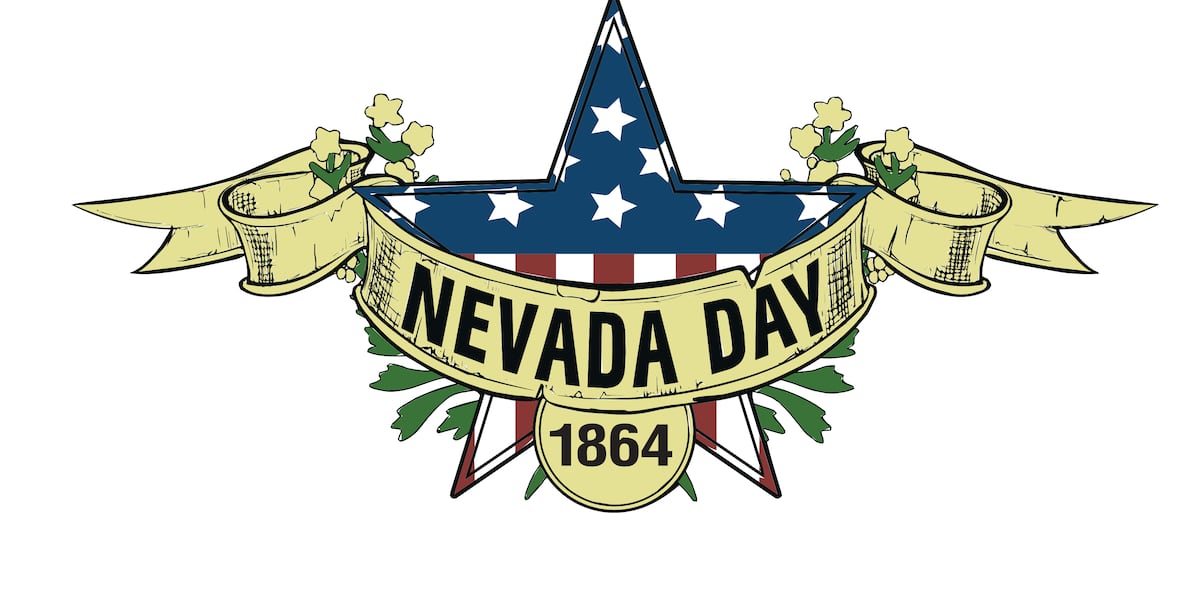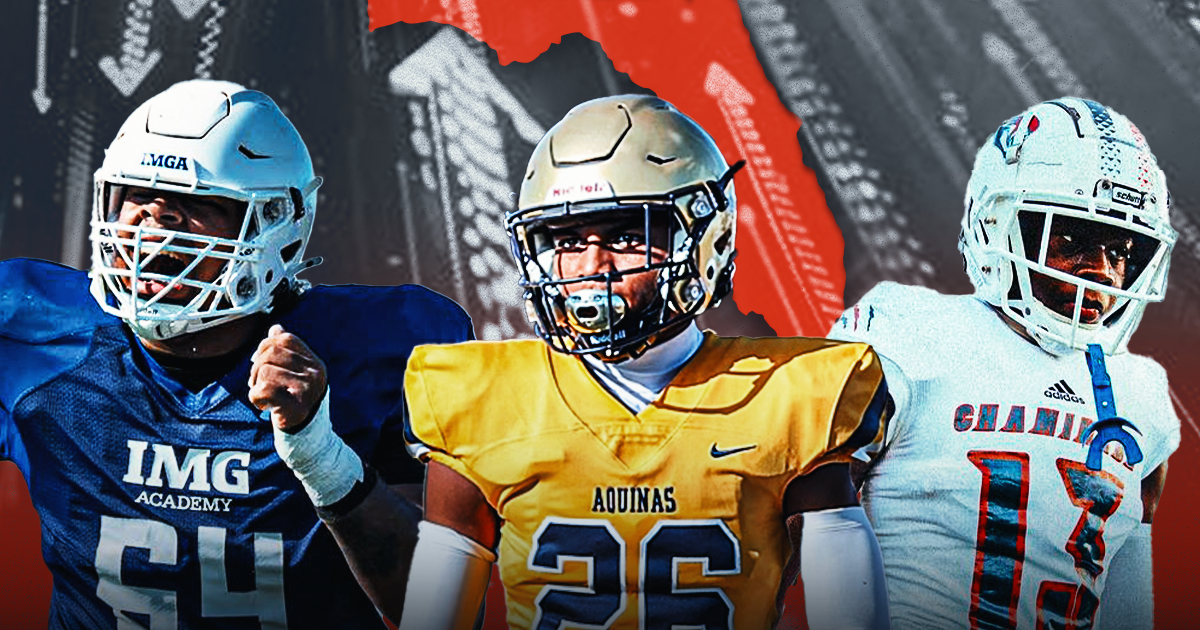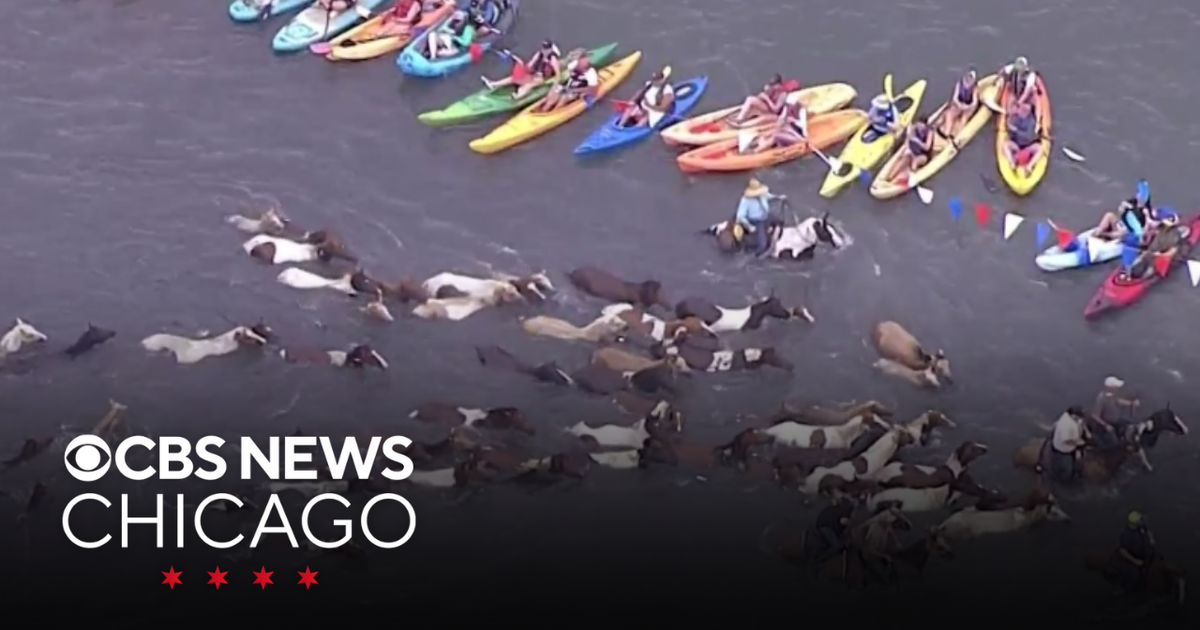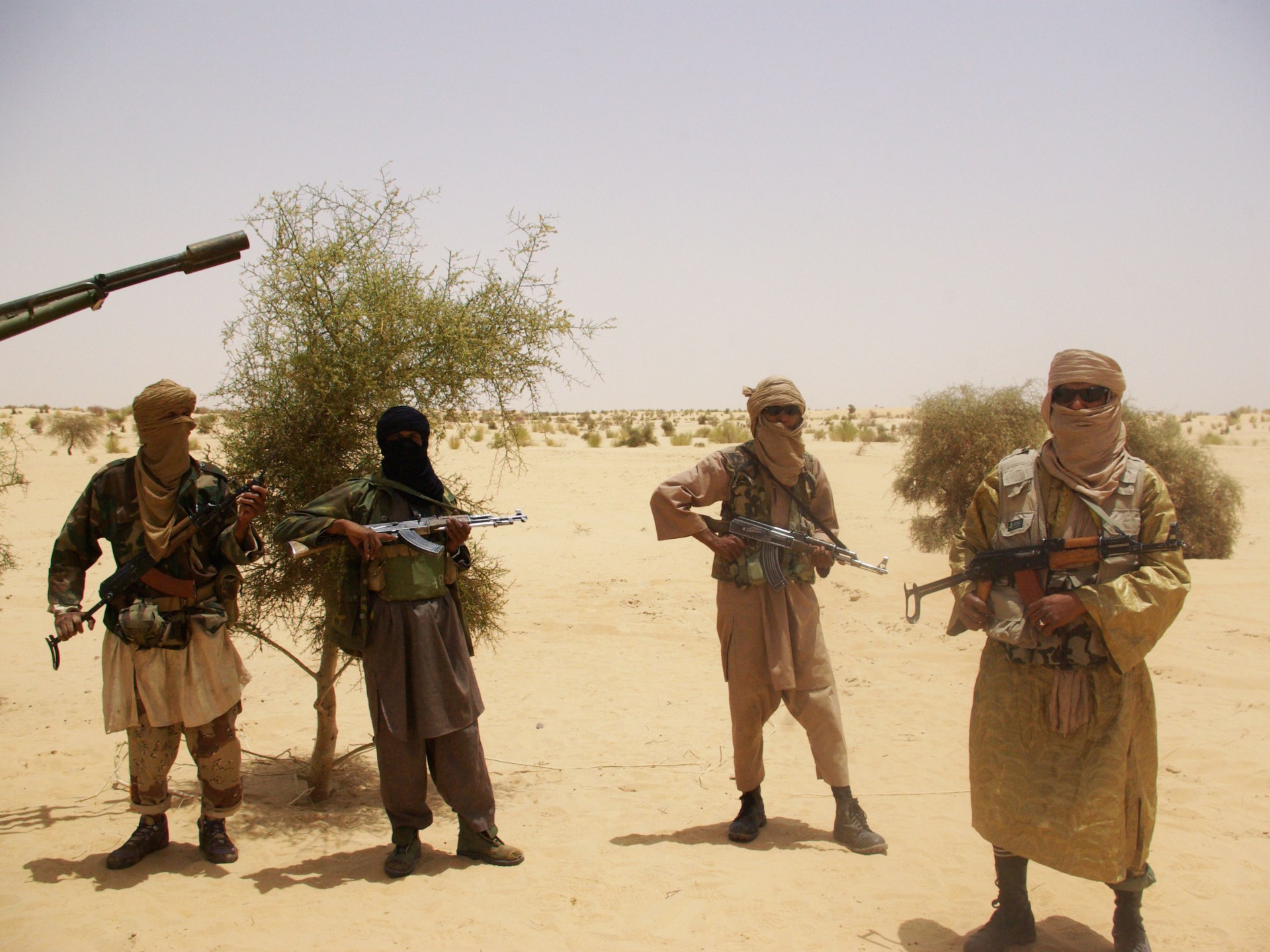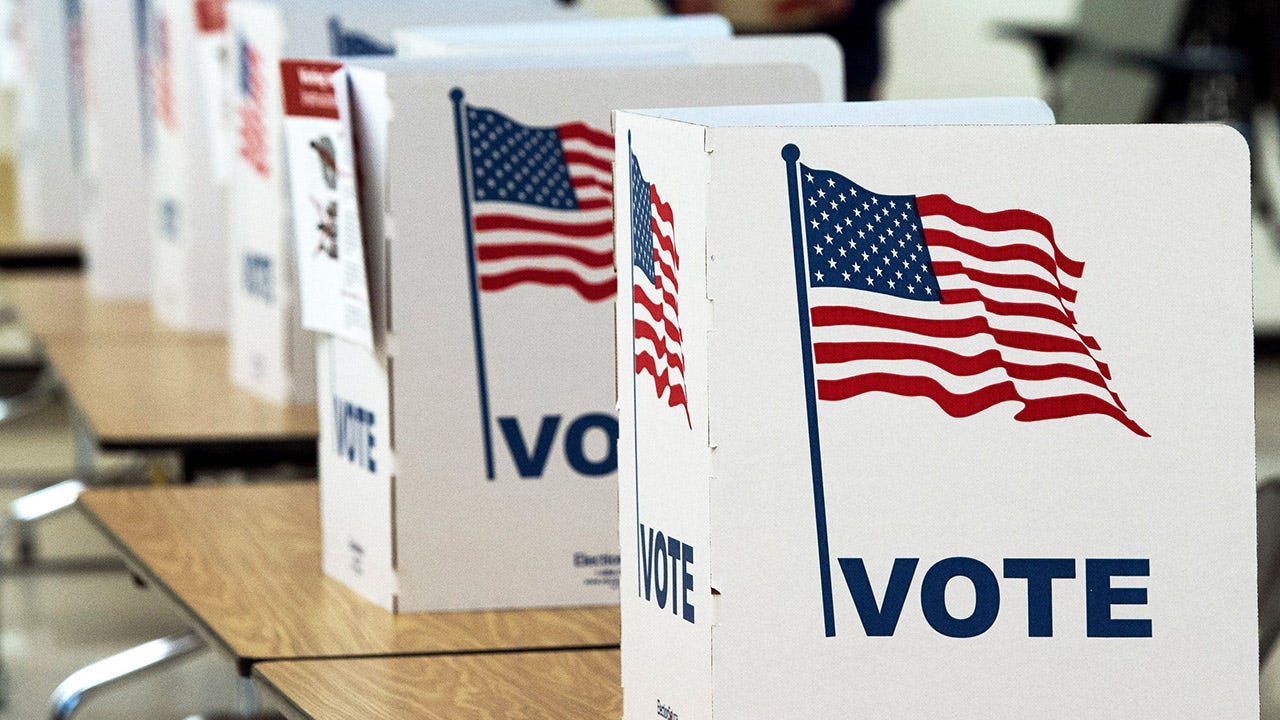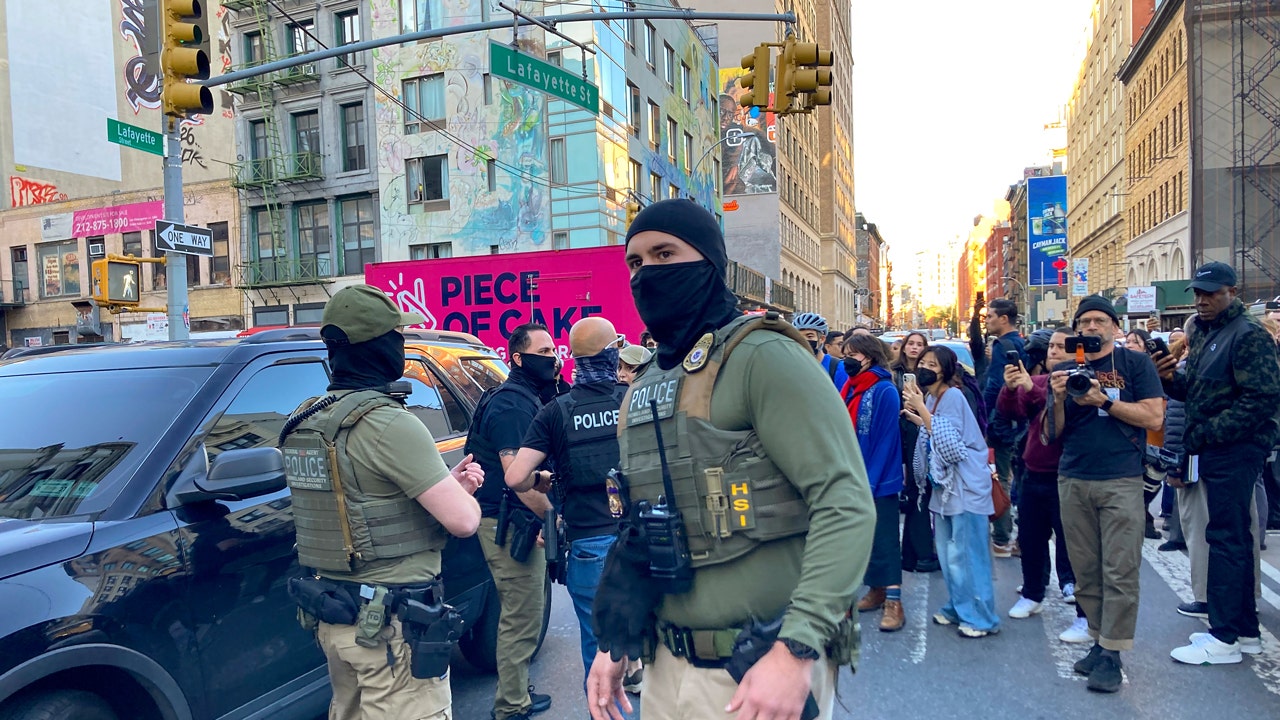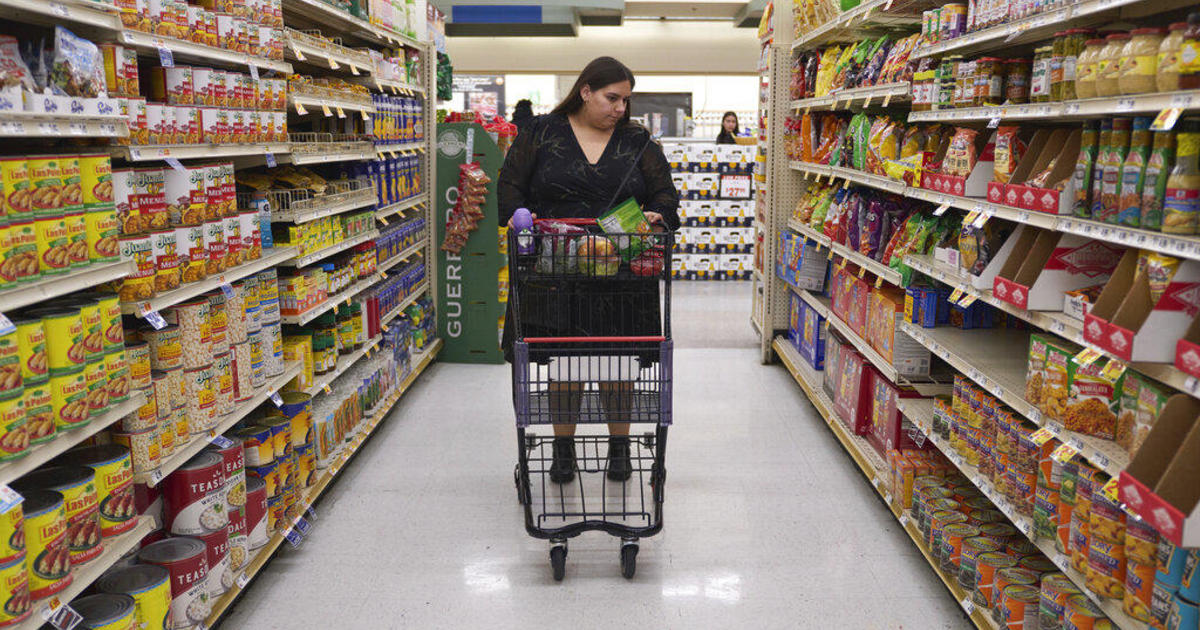A sub-surface atomic test is shown March 23, 1955 at the Nevada Test Site near Yucca Flats, Nev.
AP/U.S. Atomic Energy Commission
hide caption
toggle caption
AP/U.S. Atomic Energy Commission
President Trump said on Thursday that the U.S. would begin testing nuclear weapons again for the first time in decades.
“We’ve halted many years ago, but with others doing testing I think it’s appropriate to do so,” the president told reporters aboard Air Force One.
Experts say that the resumption of testing would be a major escalation and could upend the nuclear balance of power.
“I think a decision to resume nuclear testing would be extremely dangerous and would do more to benefit our adversaries than the United States,” said Corey Hinderstein, vice president for studies at the Carnegie Endowment for Nuclear Peace.
Here’s what a test would involve, and why the president might be calling for one now.
There’s currently only one place America could test a nuke — near Las Vegas, Nevada
The Nevada National Security Site, approximately 60 miles northwest of Las Vegas, is currently the only place where America could test a nuclear weapon, says Robert Peters, a senior research fellow for strategic deterrence at the Heritage Foundation.
The Nevada site is around 1,300 square miles in size, larger than the state of Rhode Island. Starting in the 1950s, scientists conducted atmospheric nuclear tests at the site, but from 1962 to 1992, testing was done underground.
Today, testing would likely be done in “a complex of deep underground mineshafts,” Peters said.
Scientists dig a deep shaft either directly below ground or into the side of a mountain. They then put a nuclear device in a chamber at the end of the shaft and seal it up. The detonation is contained by the rock, reducing the risk of atmospheric fallout.
Although underground testing is far safer than atmospheric testing, it still carries risks, said Hinderstein. In the past, some radioactive fallout has leaked from test shafts. Additionally, the test could shake buildings as far away as Las Vegas, and Hinderstein said some of the newer buildings in Vegas could even be at risk of damage.
“All of these big highrises — including Stratosphere, including the Trump Hotel,” she said. “They’re not designed for massive, significant seismic activity.”
America’s last test in Nevada was over 30 years ago
At the end of the Cold War, the nation’s major nuclear powers declared a voluntary moratorium on nuclear testing. Russia, then the Soviet Union, tested its last nuclear weapon in 1990, the U.S. conducted its final test in 1992, and China conducted its last test in 1996.
The U.S. conducted hundreds of underground tests in Nevada. Each massive explosion created a subsidence crater visible at the surface.
NNSA/NNSS
hide caption
toggle caption
NNSA/NNSS
The voluntary test moratorium has been in place as part of an effort to maintain nuclear stability. The U.S currently uses scientific experiments and supercomputer simulations to make sure its bombs still work.
Last year, NPR was one of a handful of organizations granted rare access to the top-secret underground tunnels where the tests take place. Scientists working in the tunnels said they were confident they could continue to ensure the safety of America’s nuclear weapons without testing.
Although a full-scale nuclear detonation would be “complementary” to current experiments, “our assessment is that there are no system questions that would be answered by a test, that would be worth the expense and the effort and the time,” Don Haynes, a nuclear weapons scientist from Los Alamos National Laboratory told NPR as they walked through the tunnels.
Indeed Hinderstein says, preparing for a nuclear test is no small matter. While a basic demonstration test could be done in approximately 18 months. Conducting a test that would produce scientifically useful data would likely take years.
In this photo taken from video distributed by Russian Defense Ministry Press Service on Wednesday, Oct. 22, 2025, the crew of the Bryansk nuclear submarine of the Russian navy prepares to conduct a practice launch of an intercontinental ballistic missile during the drills of Russia’s nuclear forces.
AP/Russian Defense Ministry Press S
hide caption
toggle caption
AP/Russian Defense Ministry Press S
Trump’s announcement is likely reacting to some recent tests by Russia
On Sunday, Russia announced it had conducted a successful test of a new nuclear-powered cruise missile. Then on Wednesday President Vladimir Putin announced the successful test of another doomsday weapon — a nuclear-powered underwater drone, which Russia says can be used to attack coastal cities.
Trump never called out Russia by name, but he did suggest recent testing was behind the announcement. “I see them testing,” he said aboard Air Force One, “and I say, ‘Well if they’re going to test I guess we have to test.’”
While testing nuclear-powered weapons is not the same as testing nuclear weapons themselves, Russia’s tests are highly provocative. They come just months before the expiration of the last nuclear treaty between the U.S. and Russia, designed to put limits on their arsenals.
The back-and-forth has all the hallmarks of the start of an arms race, noted Jon Wolfsthal, the director of global risk at the Federation for American Scientists.
“We saw this play out throughout the Cold War through nuclear testing, nuclear deployments, nuclear investments,” he said.
Many experts warn that now is not the time to resume nuclear testing
Hinderstein, who served as a deputy administrator of the National Nuclear Security Administration, the agency responsible for America’s nuclear weapons, from 2021-2024, said that a decision to resume testing would not be in America’s interests.
At the end of the Cold War, the U.S. had conducted more than a thousand nuclear tests — far more than any other nation (China, by comparison had conducted just 45).
Other nations, “have more to gain by resuming nuclear testing than the United States does,” she said.
Testing would likely be expensive adds Paul Dean, vice president for global nuclear policy at the Nuclear Threat Initiative. “The cost estimates I’ve seen have been at around, ballpark, $140 million per test,” he said.
“It’s not necessary to conduct a nuclear explosive test right now” agreed Robert Peters of the Heritage Foundation. But he added. “But there very well be compelling reasons to test in the coming months and years. That’s how bad things are getting.”


